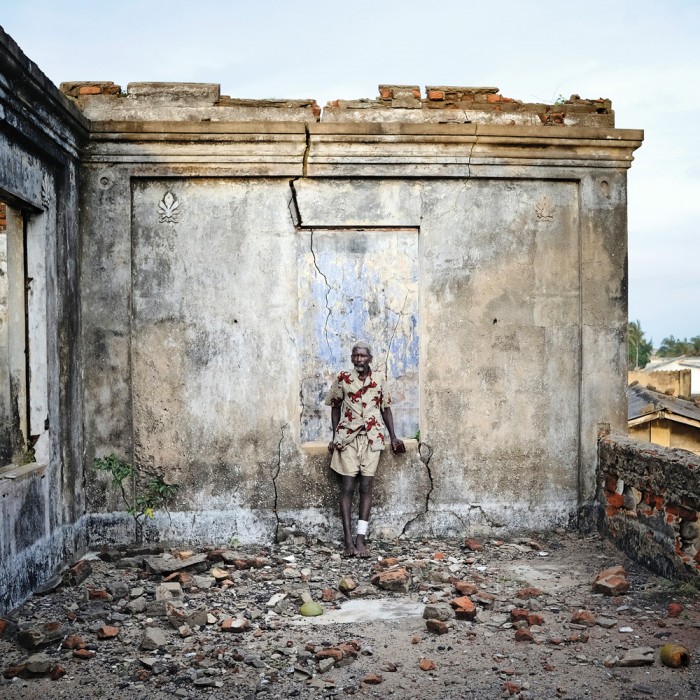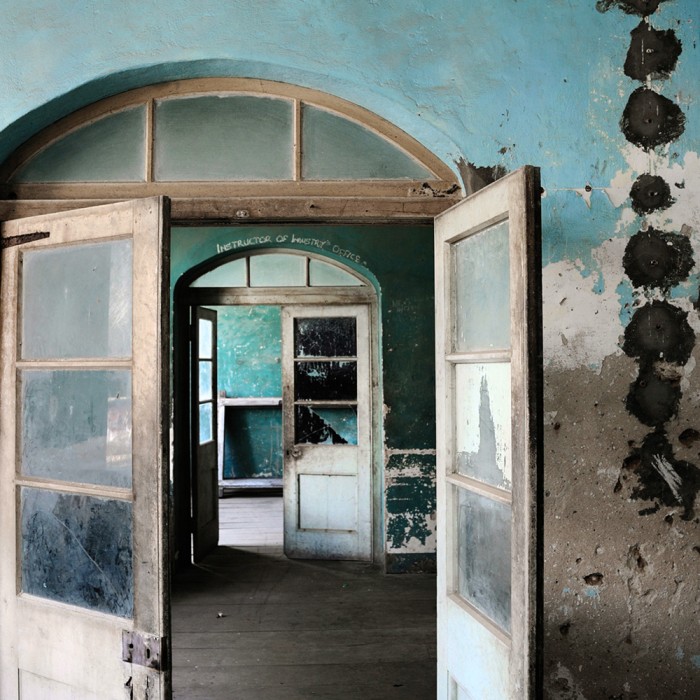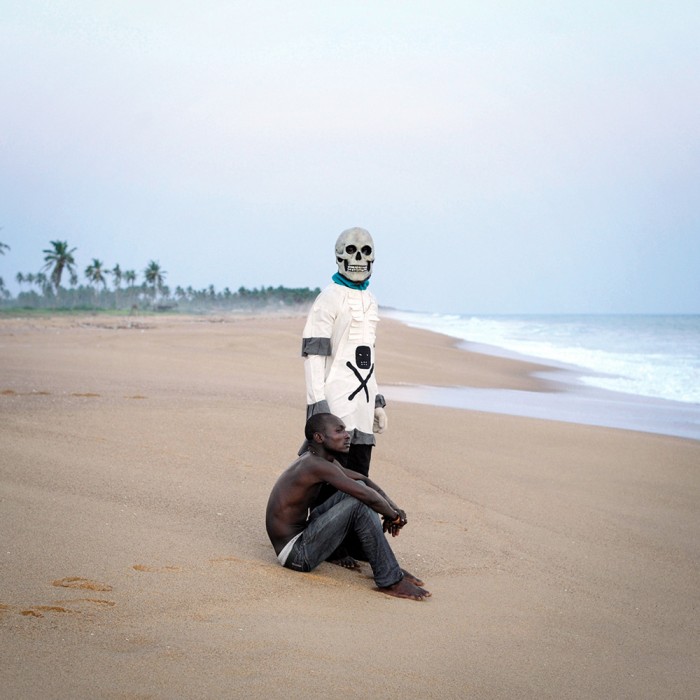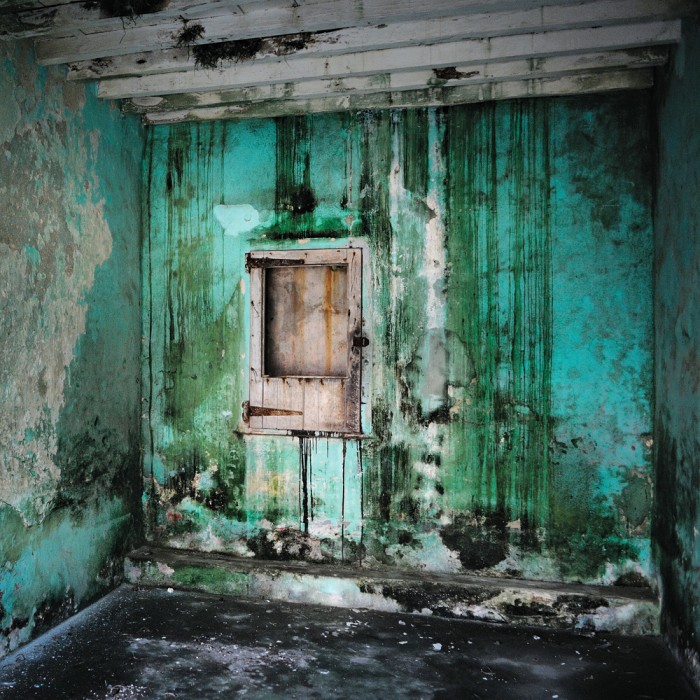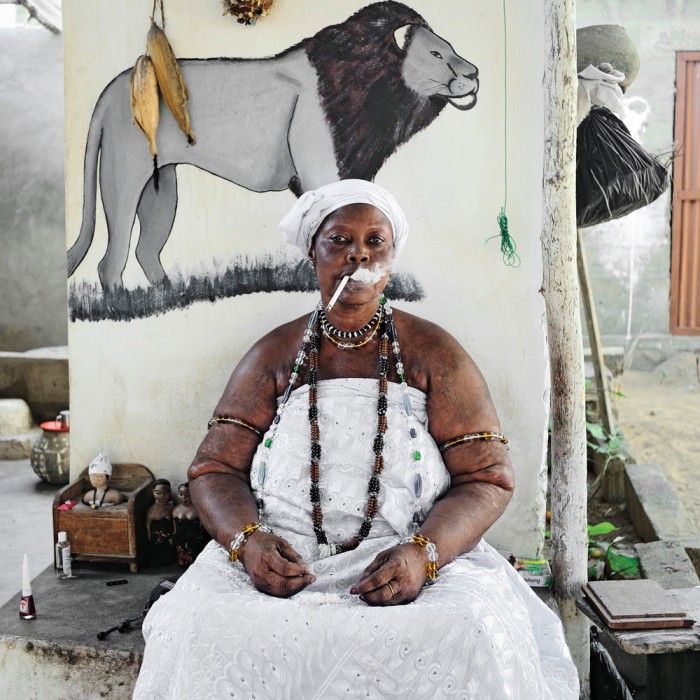Slavery's Ghosts
-
Prize
-
PhotographerMarion Durand(Photo Editor), United States
-
StudioNewsweek and The Daily Beast
Between 1440 and 1870, 11 million African people were forced into slavery and sent to the
Americas. This trade in human beings deeply changed the African continent’s equilibrium.
Even after the slave trade was abolished, it enabled 20th-century racist theories to
fester, and left vivid marks in collective and individual memories, as well as in the
histories of all countries involved in the trade.
With the abolition of the slave trade during the 19th century, the memory of this past has
been censored in a sense, locked in the secrets families keep. But since the 1980s, the
taboo around this story began to crumble gradually, and a series of voluntary and public
initiatives have started to spread internationally.
A wealth of material can now explain this chapter of modern history: the descendants of
families, oral traditions, rituals both traditional and Christian, and historical sites.
This photographic project, called “Cham” and taken in Ghana and Benin in 2011, is part of
a series that, between Africa, Europe, and the Americas, interrogates the living memories
of the slave trade and colonial slavery. Memorials and commemorations cannot give a
thorough account of the nonofficial living memories that lie within individual and
personal experience.
In Western Africa, slavery represents a past that is both morally and socially hard to
accept. The narratives around these events generate much unease, and yet the memory of
those times has not disappeared. In taking these photographs, I wanted to explore the
complexity and ambiguity of this memory, which is found between the past and present, the
visible and invisible worlds. The past seems to have sunk deep within individual
consciousnesses, in a language that blends fears, desires—and also resilience.
